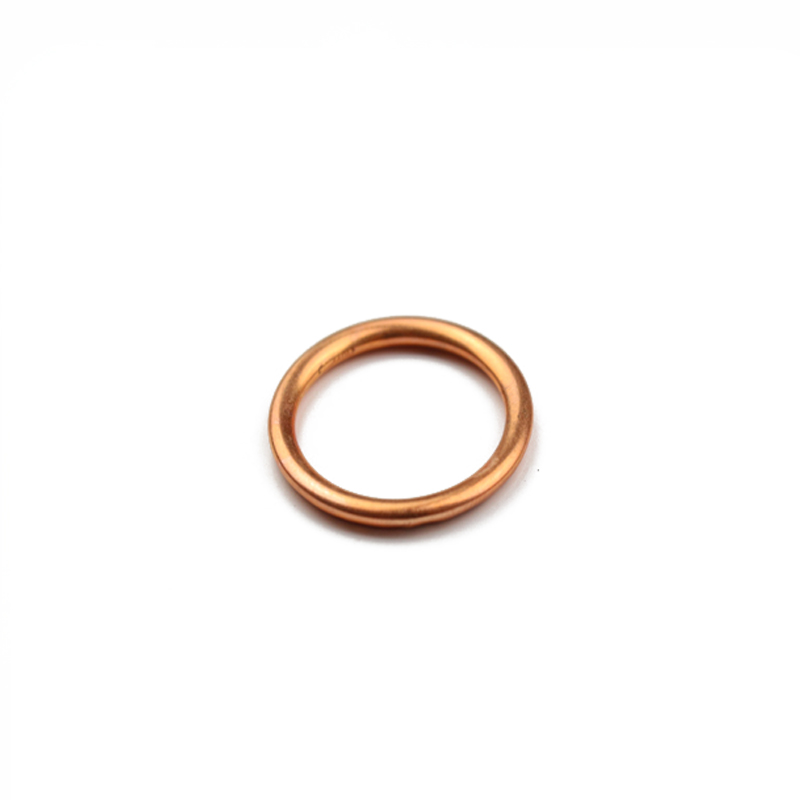shaft seal dimensions
Understanding Shaft Seal Dimensions A Comprehensive Overview
Shaft seals play a crucial role in machinery and equipment, protecting both the interior components and the environment from leakage. A key aspect of selecting and implementing these seals is understanding their dimensions. This article dives into the significance of shaft seal dimensions, their measurement, and their impact on performance and reliability.
What are Shaft Seals?
Shaft seals, also known as rotary seals or lip seals, are mechanical components designed to prevent fluid leakage along the rotating shaft interface. They are commonly found in various applications including automotive, aerospace, and industrial machinery, serving the dual purpose of keeping lubricants in while keeping contaminants out.
Importance of Shaft Seal Dimensions
The dimensions of a shaft seal are critical to its effectiveness. If a seal is too large or too small, it may not properly engage with the shaft or the housing, leading to leaks, contamination, and ultimately, equipment failure. Here are key dimensions to consider
1. Inner Diameter (ID) This is the diameter of the sealing lip that contacts the shaft. A precise fit is essential to prevent wear and tear on both the seal and the shaft.
2. Outer Diameter (OD) The outer diameter fits into the housing. It needs to be tailored to ensure a proper static seal to prevent leakage from the surrounding environment.
3. Width (W) The width or thickness of the seal affects the area of contact with the shaft and the housing. A wider seal can accommodate higher pressures, while a narrower seal may be suitable for lower pressure applications.
4. Shaft Diameter Tolerance The tolerance specifies the acceptable range for the shaft diameter that the seal can accommodate. This ensures that even if there is minor wear on the shaft, the seal can still provide an effective barrier.
5. Seal Lip Geometry This includes the angle and profile of the seal lip, which affects the sealing performance under various pressure conditions.
Measurement Techniques
shaft seal dimensions

To precisely measure the dimensions of a shaft seal, several techniques can be employed
- Calipers Digital or manual calipers are commonly used to measure inner and outer diameters accurately. - Micrometers For more precision, especially in measuring shaft diameters, micrometers are employed.
- Optical Measurement In high-precision applications, optical measurement techniques can be used to ensure the integrity of the seal.
These measurement techniques, combined with proper tolerances, allow for the selection of seals that will function optimally in their applications.
Impact on Performance and Reliability
The correlation between the accuracy of seal dimensions and system performance cannot be overstated. Incorrectly sized seals can lead to multiple complications, including
- Increased Friction If the inner diameter is too tight, it can increase friction and wear on the shaft, leading to premature failure.
- Leakage An oversized seal may not properly compress, allowing fluids to leak, which can result in environmental contamination and loss of lubricants.
- Heat Generation Seal dimensions that do not fit well can lead to excessive heat due to increased friction, further reducing seal life and reliability.
Properly dimensioned seals contribute to better operational efficiency, reduced maintenance costs, and extended equipment lifespan.
Conclusion
In summary, understanding shaft seal dimensions is vital for ensuring that these seals function correctly in their designated applications. The inner and outer diameters, width, and other dimensional characteristics not only determine the fit but also influence the overall performance and reliability of machinery. Proper measurement and understanding of these dimensions will lead to informed decision-making and enhanced operational efficiency. As industries continue to evolve, the importance of precision in shaft seal dimensions becomes ever more critical in maintaining equipment performance and longevity.
-
The Ultimate Guide to Boat Propeller Bearings and Trailer Wheel Bearings
News Jul.31,2025
-
The Essential Guide to Marine Bearings and Boat Trailer Wheel Bearings
News Jul.31,2025
-
The Complete Guide to Heavy Duty Seals: Protecting Doors and Spaces Efficiently
News Jul.31,2025
-
Essential Guide to Marine Shaft Bearings and Boat Trailer Axle Bearings
News Jul.31,2025
-
Comprehensive Guide to Marine and Trailer Bearings for Safe Boating and Transport
News Jul.31,2025
-
Comprehensive Guide to Automotive Oil Seals: Protecting Your Engine and Shafts
News Jul.31,2025
-
Understanding Automotive Oil Seals: Essential Components for Engine and Shaft Protection
News Jul.30,2025
Products categories















